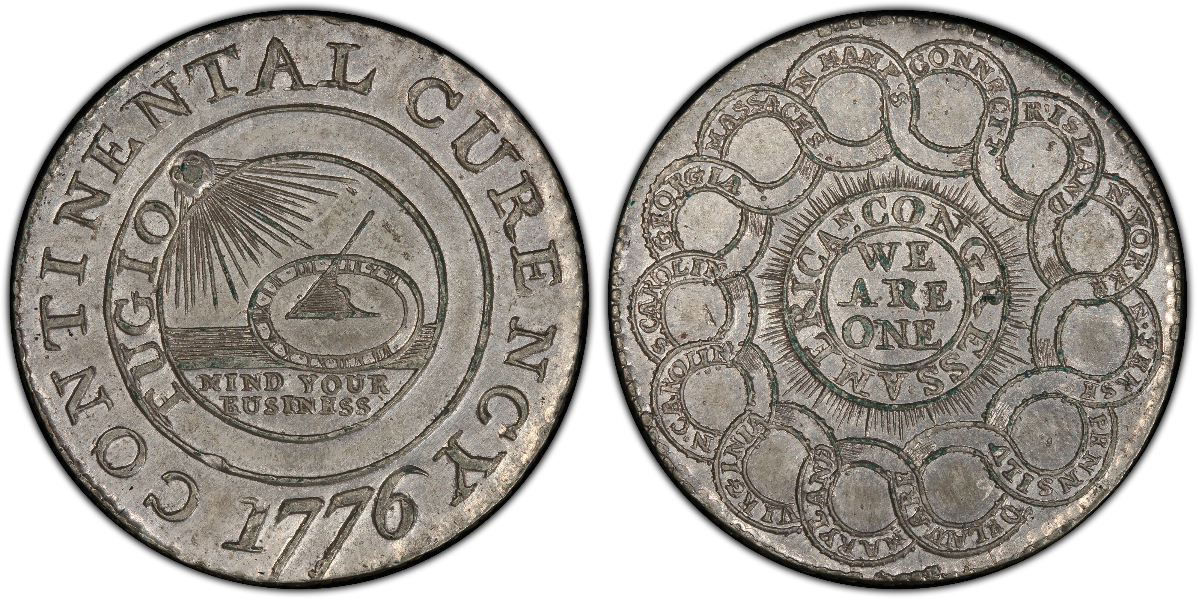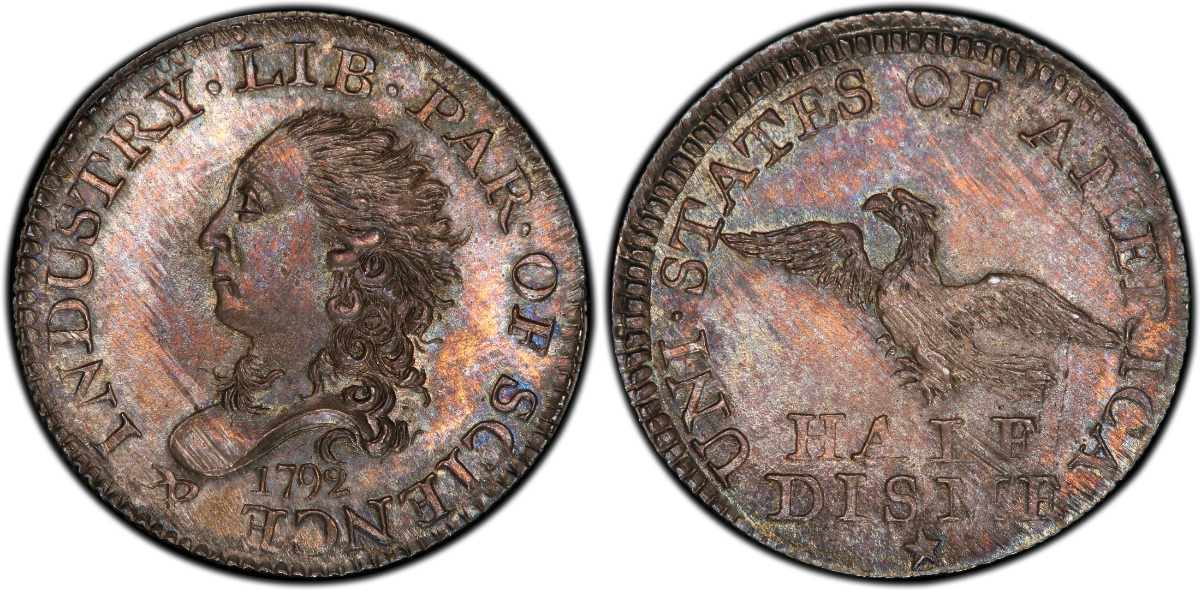Welcome to RareCoinBook.com – your ultimate resource for information on rare coins and currency. Our website was created in 2021 and is focused on covering all areas of numismatic coins and collectibles. Whether you want to learn more about the history of a specific coin or are simply curious about the mintage, value, or general information regarding the coins in your collection – we’ve got you covered. As we develop our website, we aim to become the most comprehensive guide on the internet in the area of rare US coins and numismatic items.
On our site we feature an abundance of tools and information covering all aspects of coin collecting, with a focus on rare, low mintage and scarce varieties of older US coinage. Find complete mintage figures, price guides and a detailed history of every United States coin ever minted from the 1700s all the way up to 2021. Also be sure to subscribe to our newsletter to stay up to date on upcoming events, breaking numismatic news and more.
US Coin Designs and Varieties
US coins have been around since the time of our founding fathers. One of the first unofficial coins issued by the United States was the 1776 Continental Currency Dollar. The coin was designed by Benjamin Franklin and only about 6,000 examples were minted at the time. Today, it is one of the most sought after coins by both collectors and history buffs alike. High quality examples often sell for $100,000 or more. Since the 18th century, there have been dozens upon dozens of different unique US Coin designs with many different varieties of each.

Official US Coinage was not introduced until several years after America won its independence from Great Britain. The framework, which would initially allow circulating coinage to be minted, was first introduced via the passage of The Coinage Act of 1792. The Act, passed by congress, would establish the United States Mint as well as the coinage it put out on behalf of the United States Government. Along with establishing the US Mint, the act also allowed for coins to be struck in several denominations, based on One Dollar. These originally included:
Original Copper and Silver Coin Denominations
– Half Cent (1/200th of a dollar)
– Cent (1/100th of a dollar)
– Half Dime (AKA Half Disme / five cents)
– Dime (AKA Disme / 10 cents)
– Quarter (25 cents)
– Half Dollar (50 cents)
– Dollar
Original Gold Coin Denominations
Quarter Eagle ($2.50)
Half Eagle ($5)
Eagle ($10)
First Official US Coin Designs
The first official coin issued after the passage of The Coinage Act of 1792 was the Half Dime, or Half Disme. Only around 1,500 examples of the coin were minted in July of 1792 – and were not meant to be circulated – however, many were put into circulation and used as currency. Some historians believe that the first Half Dimes that were struck were minted using Martha Washington’s melted down silverware, but this has never been verified.

The first half cent and cent coins issued by the United States were made of pure copper. The half dime, dime, quarter, half dollar, and dollar were minted using 90% silver and 10% copper.
The quarter eagle, half eagle and eagle were minted using .9167 gold (22 Karat), with the remainder being comprised of copper. All of the coins featured a similar design, with a bust of Lady Liberty on the obverse (front) and an eagle on the reverse (back).
Collecting US Coins
While most coin designs have come and gone, many are still available to collectors via local or online coin dealers, auctions and coin shows. Among the most popular coin types that people collect are silver dollars. They have been widely minted throughout history and are still available to this day. Today, coin collecting is one of America’s oldest and most popular hobbies. Read on to learn more about all the different US coin designs and varieties
Since the United States Mint was established via the Coinage Act of 1792, there has been a wide range of circulating coinage issued by the United States Government. These coins have included half cents, pennies, two cent, three cent, nickel, dimes quarters, half dollars and dollars struck in a range of metals. The most common metals on low denomination coins of $1 and lower include copper, nickel and silver. Larger denomination circulating coins – typically $2.50 and higher – contained gold until the United States removed gold from all new coinage in 1933.
Copper / Silver / Nickel Coins
Half Cents (1793-1857)
Cents (1793-Current)
Two Cent Pieces
Three Cent Pieces
Nickels
Half Dimes
Dimes
Twenty Cent Pieces
Quarters
Half Dollars
Silver Dollars
Gold Coins
Gold Dollar (1849-1889)
$2.50 Gold Quarter Eagle
$3 Gold Princess Head
$4 Gold Stella
$5 Gold Half Eagle
$10 Gold Eagle
$20 Gold Double Eagle
Condition and Rarity vs. Value
Typically, most collectible US coins have a common theme; there are not many of them available. Most of the time, the more scarce a coin is the more valuable it is. A coin can be classified as “rare” or “collectible” for a number of reasons, ranging from the condition of the coin to how many coins were minted in a specific year at a specific mint. Sometimes, coins can even feature errors that occurred while it was being struck at the mint, making them rare or collectible.
Certification of Rare US Coins
When purchasing a rare coin, most collectors prefer to acquire coins that have been graded and certified by a reputable company. When it comes to grading coins and certifying their condition, the two most popular companies are the Numismatic Guaranty Company (NGC) and the Professional Coin Grading Service (PCGS). While there are a handful of other coin grading companies, PCGS and NGC are typically the only two legitimate and accurate companies when it comes to certifying the authenticity and condition of rare coins.
